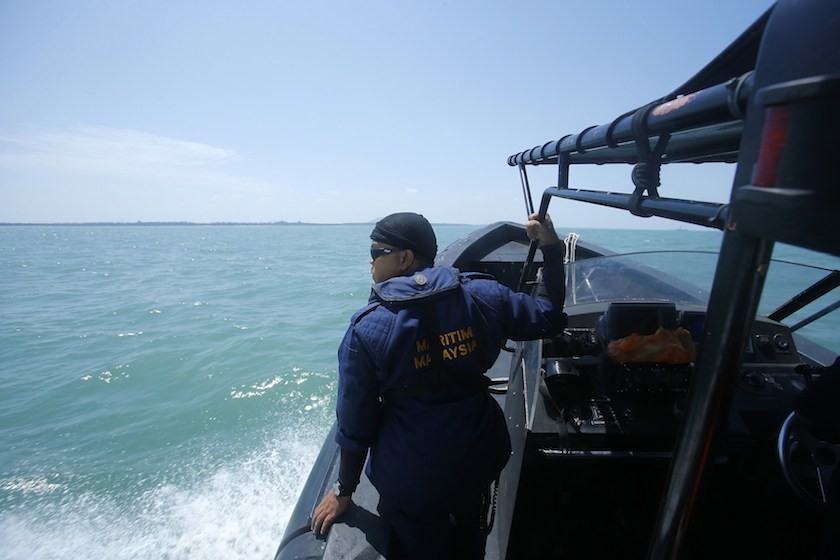KOTA KINABALU, Sept 11 — Kidnappers here have struck again in Sabah’s east coast, this time abducting two Indonesian fishermen in Semporna’s Pulau Gaya early this morning.
Sabah acting police chief Datuk Omar Mammah said three fishermen had just docked on Pulau Gaya at about 1am when they were approached by a pump boat and had their power cut off.
“One of the men on the boat immediately hid in a compartment on the front of the boat but managed to see two men in masks and armed with M16s climb onboard and then heard them speak in Suluk,” he said to reporters this morning.
The witness eventually came out from hiding about an hour later and his 40-year-old skipper and 35-year-old assistant were nowhere to be found. He later made a police report about his missing co-workers.
"We have taken a statement from the witness and are investigating the incident now," said Omar, adding that they were also checking to see whether the suspects belong to the Abu Sayyaf group.
Sabah chief minister Datuk Seri Mohd Shafie Apdal said that he was informed of the incident and said the authorities will assist their Indonesian counterparts as best as they can.
“I believe they have identified the fishermen who were kidnapped now. We will upgrade our surveillance and intelligence and find out where they are the best we can.
“Even though they are not Malaysians, they were caught in our boundary so we must protect them,” he said.
Sabah's 6pm to 6am sea curfew, first imposed four years ago, was extended to Sept 13 and covers areas up to three nautical miles off Tawau, Semporna, Kunak, Lahad Datu, Kinabatangan, Sandakan and Beluran.
Sabah’s east coast used to be a major target for kidnap-for-ransom groups, who found it lucrative to abduct tourists from the many islands.
Tourism took a dive from 2013 onwards following a spate of tourist kidnappings, but incidences have reduced following the introduction of a curfew from 6pm to 6am four years ago.
Since then, the kidnappers have set their sights on fishing trawlers, usually at the borders of international waters.



















